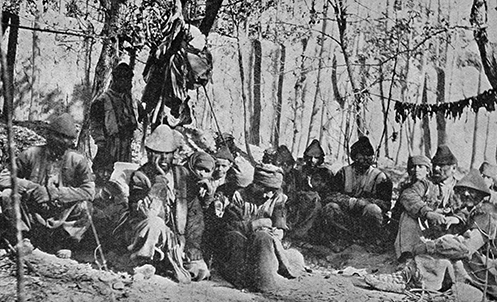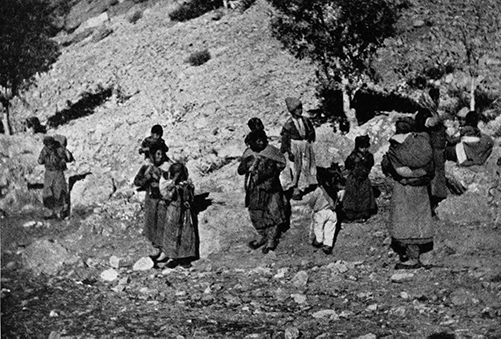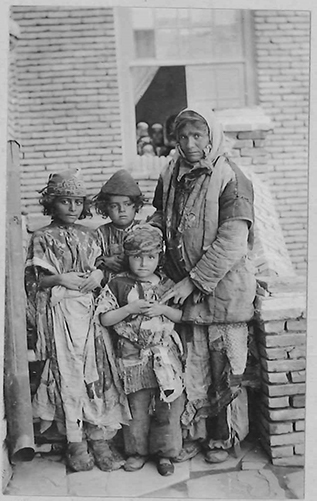07.08.2024

The Assyrians are one of the ancient peoples of the Middle East. In the late 19th and early 20th centuries, the Assyrians were mainly habituated in the Western Armenian provinces of Van (mainly Hakkari district), Diarbekir, Bitlis, Kharberd, as well as in Aleppo, Mosul,Urmia and Salmast regions of Iran. About one million Assyrians lived in the mentioned areas, with a common language, cultural and national traditions, which were politically, militarily and religiously subordinated to their spiritual leader, Patriarch Mar-Shimun.
At the beginning of World War I, under the guise of mobilization, thousands of young Assyrian young male were recruited into labor battalions and later killed. At the same time, the destruction of Assyrian villages, the deportation of women, the elderly and children to the Mesopotamia desert began. Assyrian girls and women were forcibly taken into Turkish and Kurdish harems. Many were forced to convert to Islam. Attempts of resistance were made in some places, but in vain.
Massacres of Assyrians were also carried out in the territory of Iran, which declared neutrality during the war. The Ottoman army, with the support of Kurdish detachments, enters the border areas and massacred tens of thousands of innocent Assyrians. The Assyrians of Urmia, Salmast and Dilman suffer the most, whose villages were completely looted and set on fire by the Turks and Kurds. Only a few thousand survivors miraculously managed to escape to the Transcaucasia.
Massacres of Assyrians also took place during the rule of the Kemalists, 1919-1925.
According to various sources, the number of Assyrians who fell victim to the Turkish persecutions between 1895 and 1925 was 500,000-750,000.
The Assyrian massacres were covered in the world press of the time, in the memoirs and documents of Western diplomats, missionaries and humanists, but were later forgotten for a long time. Today, the Assyrian Genocide has been recognized by various countries (including the Republic of Armenia), and organizations (including the International Association of Genocide Scholars).
Photo: Assyrian Christians deported from North Iran, 1919, Library of Congress, USA

Assyrian refugees from Tyari and Tkhuma near Urmia, 1915
William Walker Rockwell, The Pitiful Plight of the Assyrian Christians in Persia and Kurdistan: Described from the Reports of Eye-Witnesses, New York, 1916

Assyrian women fleeing through the mountains, 1915
Abraham Yohannan, The Death of a Nation or, the Ever Persecuted Nestorians or Assyrian Christians, New York, 1916

Refugee camp set up on the banks of the River Diyalah by British authorities in Mesopotamia, Baqubah, 1920
The National Archives of United Kingdom

Syrian refugee mother with children from Hakkari, 1915





